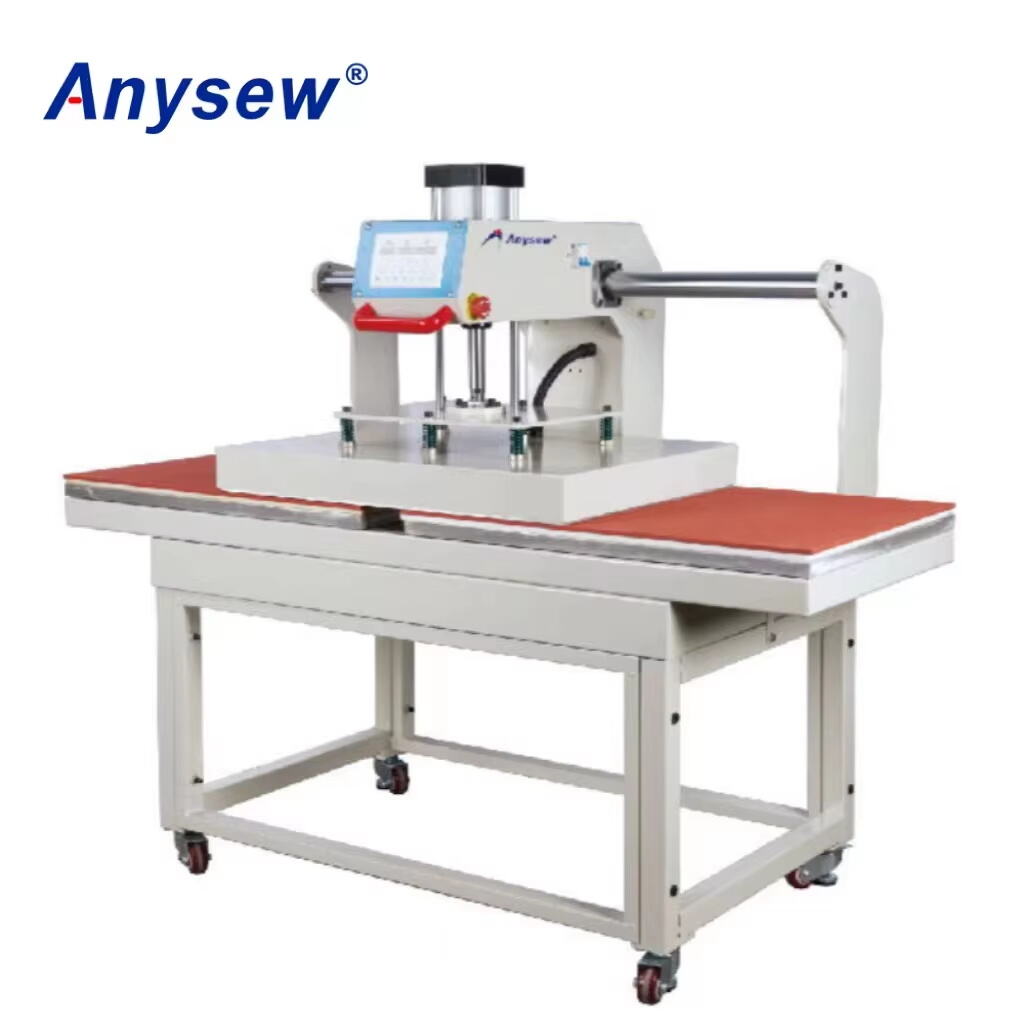Finishing machines play a vital role in improving product quality and boosting production efficiency. Choosing the right machine can feel overwhelming due to the wide range of options and applications. You need to make informed decisions to ensure cost-effectiveness and performance. This Ultimate Guide will help you navigate this critical process with confidence.
Key Factors to Consider When Choosing a Finishing Machine
Material Compatibility and Machine Functionality
You need to ensure the finishing machine you choose is compatible with the materials you work with. Some machines are designed specifically for metals, while others handle plastics, ceramics, or wood. Consider the machine’s functionality as well. Does it perform the specific finishing process you require, such as deburring, polishing, or grinding? Matching the machine’s capabilities to your material and application ensures optimal results.
Production Volume and Efficiency Requirements
Evaluate your production volume before making a decision. High-volume operations benefit from machines that process multiple parts simultaneously, like vibratory finishing machines. For smaller-scale production, a manual or semi-automated machine might suffice. Efficiency is key. A machine that meets your output goals without compromising quality will save you time and resources.
Budget Considerations and Cost-Effectiveness
Set a clear budget and weigh the machine’s cost against its benefits. While some machines may have a higher upfront cost, they often provide long-term savings through reduced labor and material waste. Look for a balance between affordability and performance to maximize cost-effectiveness.
Maintenance Needs and Long-Term Durability
Choose a machine with minimal maintenance requirements and a reputation for durability. Frequent breakdowns can disrupt production and increase costs. Research the machine’s build quality and the availability of replacement parts to ensure it will last over time.
Space and Power Requirements
Assess the space available in your facility. Some machines, like sandblasting systems, require significant room, while others, like bench-top polishers, are more compact. Check the machine’s power requirements as well. Ensure your facility can support the necessary electrical or pneumatic systems.
Comparing Popular Finishing Machines
Overview of Leading Brands and Models
When exploring finishing machines, you’ll encounter several reputable brands offering reliable models. Companies like Timesavers, Hammond Roto-Finish, and Rosler lead the market with innovative designs. Timesavers specializes in deburring and grinding machines, known for their precision and durability. Hammond Roto-Finish offers versatile vibratory finishing systems, ideal for high-volume production. Rosler stands out with its advanced sandblasting and polishing machines, catering to industries requiring intricate finishes.
Pros and Cons of Different Machine Types
Each type of finishing machine has unique advantages and limitations. Deburring machines excel at removing sharp edges but may struggle with intricate designs. Polishing machines deliver a high-gloss finish, though they often require more maintenance. Grinding machines offer unmatched precision but can be slower for large-scale operations. Vibratory finishing machines handle bulk processing efficiently but may not suit delicate components. Sandblasting machines clean surfaces effectively but require proper safety measures.
Cost vs. Performance Analysis
Balancing cost and performance is crucial when selecting a finishing machine. High-end models often provide advanced features and greater efficiency, justifying their price. Mid-range machines offer a balance between affordability and functionality, making them suitable for small to medium-scale operations. Budget-friendly options may lack advanced capabilities but can still meet basic finishing requirements.
Expert Tips for Selecting the Best Finishing Machine
Assessing Your Specific Production Needs
Start by identifying your production requirements. Consider the materials you work with and the type of finish you need. Determine whether you prioritize speed, precision, or versatility. For example, if you handle high-volume production, a vibratory finishing machine might suit your needs. On the other hand, polishing machines work better for intricate designs. Understanding your goals ensures you select a machine that aligns with your operations.
Consulting With Industry Experts or Vendors
Reach out to industry professionals or trusted vendors for advice. They can provide insights into the latest technologies and recommend machines tailored to your application. Vendors often have in-depth knowledge about their Products and can guide you through the selection process. Asking questions and seeking expert opinions helps you avoid costly mistakes.
Testing Machines Before Purchase
Whenever possible, test the machine before committing to a purchase. Many manufacturers offer demonstrations or trial periods. Testing allows you to evaluate the machine’s performance, ease of use, and compatibility with your materials. It also helps you identify potential issues that may not be apparent from specifications alone.
Prioritizing After-Sales Support and Warranties
Choose a machine backed by strong after-sales support and a comprehensive warranty. Reliable customer service ensures you receive prompt assistance if problems arise. A good warranty protects your investment and reduces the risk of unexpected repair costs. Always review the terms and conditions to understand what’s covered.
Understanding the types and applications of finishing machines helps you make better decisions. Evaluating key factors like material compatibility and production needs ensures you choose the right machine. Consulting experts and testing machines before buying reduces risks. Investing in a reliable finishing machine improves efficiency and product quality. This Ultimate Guide equips you to enhance your production process.

